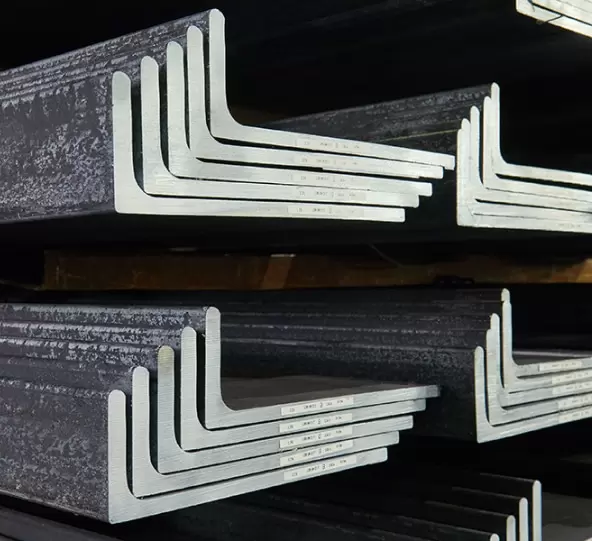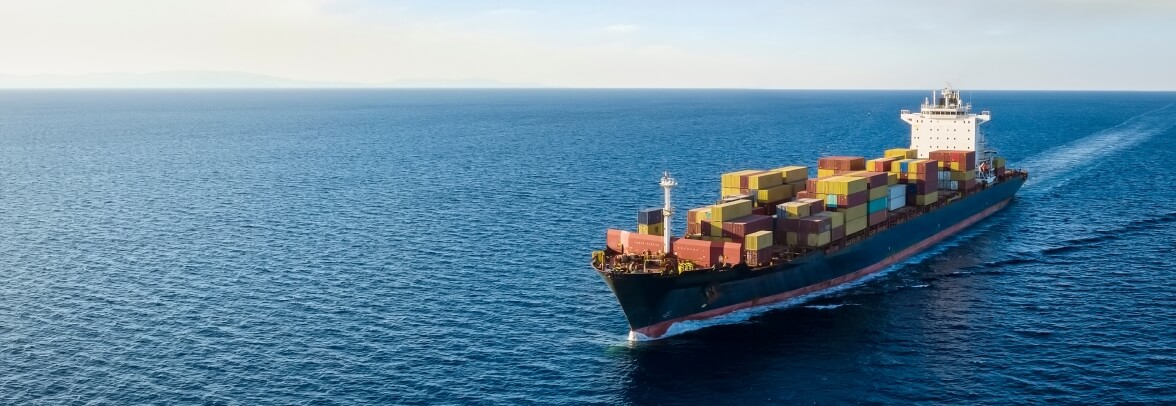Why Inverted Angle Steel Is Essential for Shipbuilding and Offshore Structures
2025-07-31
Shipbuilding and offshore engineering require robust materials that can withstand the stresses and environmental conditions unique to these industries. One such material,inverted angle steel, plays a pivotal role in ensuring the safety, durability, and overall performance of vessels and offshore platforms. From supporting heavy loads to resisting the harsh effects of saltwater corrosion,inverted angle steel has become a key material in marine engineering. In this article, Longteng will discuss the importance of inverted angle steel in shipbuilding and offshore construction, focusing on its advantages in the structural integrity of marine structures.

The Importance of Inverted Angle Steel in Shipbuilding
In the highly demanding field of shipbuilding, the materials used must meet strict safety and performance standards.Inverted angle steel is ideal for many shipbuilding applications due to its ability to support heavy loads, resist corrosion, and maintain structural integrity under harsh conditions. Here are some of the most common waysinverted angle steel is utilized in shipbuilding:
1.Hull Framing and Structural Support
The hull is the most important part of a ship, and it requires strong materials to ensure the vessel can withstand the stresses of open water.Inverted angle steel is used in hull framing to provide the necessary strength to resist the forces of waves and weather. Its resistance to bending and twisting makes it perfect for the structural supports that make up the ship's framework. The unique design of inverted angle steel distributes the forces more effectively, ensuring the hull remains stable and resilient even under the most challenging conditions. This enhances the overall safety and durability of the ship over its lifetime.
2.Deck and Superstructure Support
In addition to hull construction,inverted angle steel is commonly used in supporting decks and superstructures. The steel's ability to bear heavy loads without distortion is vital in these areas, where large equipment and machinery must be securely mounted. Decks and superstructures often experience high stress due to constant motion, weight distribution, and the impact of environmental factors. The use of inverted angle steel in these components ensures that the ship remains structurally sound and capable of handling the operational requirements of the vessel. Its corrosion resistance also plays a critical role in extending the lifespan of these components, which are constantly exposed to the elements.
3.Bulkheads and Internal Support Structures
Bulkheads are critical for dividing a ship into separate sections, providing structural support, and ensuring the safety of the vessel by preventing flooding in case of damage.Inverted angle steel is often used in the construction of bulkheads and internal structural supports. Its ability to maintain structural integrity under stress and its resistance to corrosion from seawater makes it a perfect fit for these applications. Additionally,inverted angle steel can be used in frames and beams that support other critical components inside the ship. Its flexibility in design allows for the precise creation of support structures that can handle high loads while maintaining the overall balance of the ship.
4.Offshore Structures and Platforms
In offshore construction, particularly in oil and gas platforms,inverted angle steel is essential for providing the strength and durability needed to support the weight of the platform and its equipment. Offshore platforms are subject to extreme conditions, including harsh weather, ocean currents, and saltwater corrosion. The high tensile strength of inverted angle steel allows it to support heavy loads while maintaining the stability of the platform structure. Whether used in support beams, foundations, or structural framing,inverted angle steel provides the reliability required for offshore platforms, ensuring that they remain functional and safe for years.
Advantages of Inverted Angle Steel in Marine Engineering
The numerous advantages of inverted angle steel make it the material of choice in shipbuilding and offshore engineering:
1. Superior Load-Bearing Capacity
One of the key advantages of inverted angle steel in marine engineering is its exceptional load-bearing capacity. In shipbuilding, structural components such as frames, supports, and beams must be designed to withstand substantial forces, whether from the weight of the ship's cargo, equipment, or the dynamic forces exerted by waves and wind.Inverted angle steel excels in these applications due to its efficient load distribution and resistance to bending. The inverted design of the steel ensures that forces are spread evenly across its structure, making it ideal for critical load-bearing components such as hull frames, decks, and support beams.
Additionally,inverted angle steel is particularly effective in applications where weight distribution and structural balance are crucial. The strength and stability it provides contribute to maintaining the vessel's equilibrium, especially in heavy-duty conditions, ensuring the safety and longevity of the ship or offshore platform.
2. Corrosion Resistance
Marine environments are harsh, with exposure to saltwater, humidity, and other corrosive elements, which can significantly affect the durability of materials used in shipbuilding and offshore engineering.Inverted angle steel is highly resistant to corrosion, making it an ideal material for constructing ships and offshore platforms that must endure these demanding conditions. This resistance to corrosion is particularly crucial in the marine industry, where maintenance costs can escalate if materials degrade over time.
The corrosion-resistant properties of inverted angle steel are achieved through high-quality alloys or protective coatings that prevent the steel from rusting when exposed to saltwater and harsh weather conditions. This helps reduce the frequency of repairs and the need for costly maintenance, which ultimately extends the lifespan of marine assets.Inverted angle steel ensures that offshore platforms and vessels remain operational and structurally sound over long periods, providing significant cost savings for operators.
3. Cost-Effectiveness
Inverted angle steel is a highly cost-effective material in marine engineering, offering both strength and durability at a relatively low cost compared to other structural materials. Its high strength-to-weight ratio means that less material is required to achieve the same performance, making it an economical choice for shipbuilding and offshore platform construction. This allows engineers to optimize material use, reducing both the overall cost of construction and the weight of the structure.
Moreover,inverted angle steel's long-term durability further enhances its cost-effectiveness. Its corrosion resistance and ability to withstand heavy loads mean that maintenance and replacement costs are kept to a minimum. For shipbuilders and offshore platform operators,inverted angle steel offers substantial savings over the life of the project, making it a smart investment for both short-term and long-term financial planning.
4. Flexibility in Design
One of the most notable benefits of inverted angle steel in marine engineering is its versatility and flexibility in design. The unique inverted "L" or "V" shape of the steel allows it to be used in a wide range of applications, from the structural framework of ships to the foundation supports of offshore platforms. Whether it's forming the hull of a ship, reinforcing decks, or providing internal support beams,inverted angle steel can be adapted to meet the specific needs of various structural elements.
Its flexibility also extends to the design of offshore rigs, where inverted angle steel can be used in foundations, legs, and other critical support structures. The adaptability of inverted angle steel to different engineering requirements means that marine engineers can optimize its use for various structural purposes, ensuring both functionality and efficiency in design. This versatility allows for innovative and cost-effective solutions in the design and construction of marine vessels and offshore platforms.
Inverted angle steel is a vital material in shipbuilding and offshore construction, providing strength, stability, and corrosion resistance in the most demanding environments. From supporting ship hulls and decks to ensuring the safety and durability of offshore platforms,inverted angle steel proves to be a versatile and essential component in marine engineering. Its cost-effectiveness, superior load-bearing capacity, and flexibility make it the material of choice for constructing vessels and structures that can endure the harshest marine conditions.





















 Email
Email